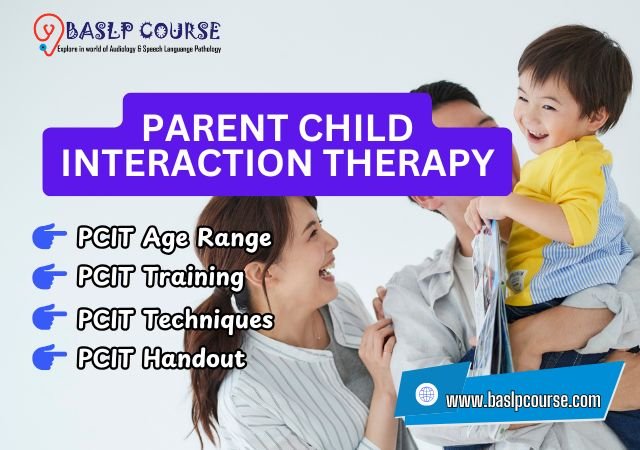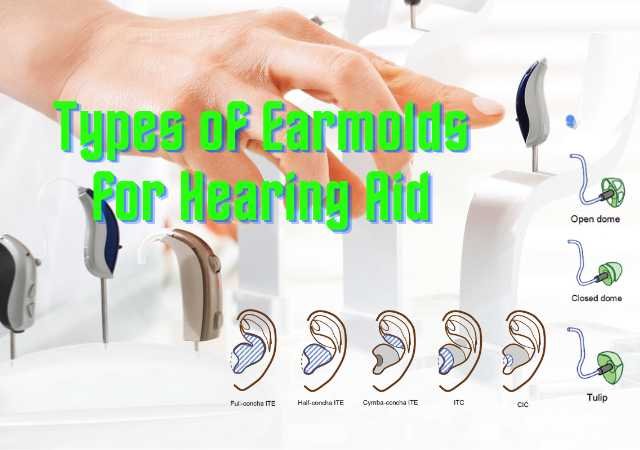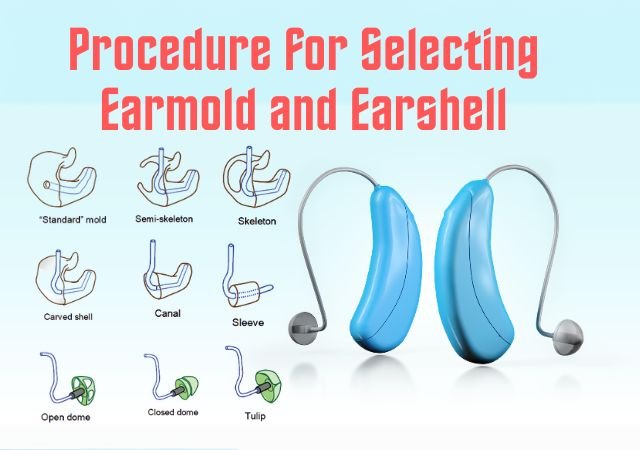Articulation Disorder – Substitution Omission Distortion and Addition: Articulation disorder is a speech disorder that affects the way individuals produce sounds and words. It can impact a person’s ability to communicate effectively, leading to difficulties in social interactions and academic performance.
Introduction
In this article, we will delve into the world of articulation disorder, exploring its various aspects and ways to address it effectively.
What is Articulation Disorder?
Articulation disorder, also known as speech sound disorder, is a communication disorder characterized by difficulties in pronouncing sounds and forming words correctly. Children and adults with this disorder may have trouble producing certain speech sounds, leading to unclear speech.
Causes of Articulation Disorder
The exact causes of articulation disorder can vary and may include a combination of genetic, environmental, and developmental factors. Some common contributing factors are:
- Oral Structure Irregularities: Physical abnormalities in the mouth, such as cleft palate or misaligned teeth, can affect speech production.
- Hearing Impairment: Hearing problems during critical developmental stages can lead to speech difficulties.
- Neurological Factors: Damage to the brain areas responsible for speech can result in articulation disorders. Stroke, traumatic brain injury, or degenerative disorders can lead to articulation challenges in adults.
- Environmental Factors: Lack of exposure to language-rich environments during early childhood can impact speech development.
Types of Articulation Errors
Articulation errors can manifest in various ways, and they are broadly categorized into four types:
- Substitution Errors: When one sound is replaced by another, e.g., saying “wabbit” instead of “rabbit.”
- Omission Errors: When certain sounds are omitted from words, e.g., saying “ca” instead of “cat.”
- Distortion Errors: When sounds are produced incorrectly, resulting in an unclear pronunciation.
- Addition Errors: When extra sounds are added to words, e.g., saying “buhlack” instead of “black.”
Substitution Errors
Substitution errors are a prevalent type of articulation disorder. Some common examples include:
- Substituting “th” with “d” or “t,” as in saying “dis” instead of “this.”
- Replacing “r” with “w,” leading to saying “wabbit” instead of “rabbit.”
Causes of Substitution Errors
Substitution errors can occur due to various factors, such as:
- Difficulty coordinating articulatory movements.
- Limited exposure to certain speech sounds during early development.
Treatment for Substitution Errors
Addressing substitution errors involves speech therapy techniques that focus on improving articulatory coordination and sound discrimination. A speech therapist may use activities like tongue exercises and minimal pairs to target specific sounds.
Omission Errors
Omission errors involve leaving out specific sounds from words, leading to incomplete pronunciation. Some examples include:
- Omitting the last sound in a word, e.g., saying “ca” instead of “cat.”
- Leaving out consonant clusters, as in saying “ate” instead of “state.”
Causes of Omission Errors
Omission errors can stem from various causes, including:
- Weak oral muscles.
- Limited awareness of certain speech sounds.
Treatment for Omission Errors
Speech therapy for omission errors may include exercises to strengthen oral muscles and improve phonological awareness. Engaging in activities that emphasize sound production can also be beneficial.
Distortion Errors
Distortion errors involve producing speech sounds in an unclear or imprecise manner. Common examples include:
- “S” sounds produced with a lisp, sounding like “th.”
- “L” sounds pronounced with a “w” sound, e.g., saying “wove” instead of “love.”
Causes of Distortion Errors
Distortion errors can be caused by:
- Incorrect tongue or lip placement during speech.
- Structural irregularities in the oral cavity.
Treatment for Distortion Errors
Speech therapy for distortion errors may include exercises to correct tongue and lip placement, as well as auditory feedback to help the individual recognize and adjust their speech sounds.
Addition Errors
Addition errors involve adding extra sounds to words, leading to distortions in pronunciation. Some common examples include:
- Adding a “schwa” sound in the middle of words, e.g., saying “buh-lue” instead of “blue.”
- Inserting additional vowels, as in saying “dogi” instead of “dog.”
Causes of Addition Errors
Addition errors can be caused by:
- Difficulty with motor planning for speech sounds.
- Lack of clarity in distinguishing between sounds.
Treatment for Addition Errors
Addressing addition errors in speech therapy may involve activities that promote motor planning and sound discrimination skills. A speech therapist can also focus on syllable segmentation and blending exercises.
Diagnosing Articulation Disorder
Diagnosing articulation disorder requires a comprehensive evaluation conducted by a speech-language pathologist. The assessment includes observing the individual’s speech and language skills, as well as analyzing their oral structures and sound production.
Speech Therapy for Articulation Disorder
The Role of Speech Therapists
Speech therapists play a vital role in diagnosing and treating articulation disorders. They create personalized therapy plans tailored to each individual’s specific needs, aiming to improve speech clarity and overall communication skills.
Speech Therapy Techniques
Speech therapy for articulation disorder involves various techniques, such as:
Articulation Therapy
Individualized therapy sessions focusing on specific speech sounds that the individual struggles with.
- Phonetic Placement Techniques: These techniques involve teaching the correct placement of articulators (e.g., tongue, lips) to produce specific speech sounds.
- Minimal Pair Contrast Therapy: This approach focuses on contrasting words that differ by only one sound. It helps individuals distinguish between similar-sounding words.
- Visual and Tactile Cues: Using visual aids and tactile feedback can enhance a person’s understanding of correct articulation.
- Articulation Drills: Practice exercises targeting specific speech sounds.
- Phonological Awareness Activities: Enhancing sound discrimination and manipulation skills.
- Play-Based Therapy: Using playful activities to engage and motivate children during therapy.
Augmentative and Alternative Communication (AAC)
For individuals with severe articulation difficulties, AAC systems can support communication needs.
Tips for Parents and Caregivers
Support from parents and caregivers is crucial in helping individuals with articulation disorders. Collaboration between parents, educators, and speech-language pathologists is vital for consistent support and reinforcement. If you are a parent or caregiver of a child with Articulation Disorder, consider the following tips to support their speech development:
- Model Correct Speech: Speak clearly and correctly, serving as a positive example for the child to follow.
- Patience and Positive Reinforcement: Be patient and provide positive reinforcement for their efforts in improving their speech.
- Encourage Communication: Create a language-rich environment and encourage open communication.
- Be Patient: Understand that progress may take time and be patient throughout the therapy process.
- Celebrate Achievements: Celebrate small milestones and achievements to boost confidence.
Supporting Children with Articulation Disorder at Home
Parents can extend speech therapy progress at home with the following strategies:
- Daily Practice: Encourage regular practice of speech exercises and sounds.
- Reading Together: Engage in reading activities to improve language and speech skills.
- Articulation Games: Incorporate fun games that focus on speech sounds.
Strategies for Home and School
Promoting speech and language development extends beyond therapy sessions. Implementing strategies at home and school can further enhance progress:
- Encourage Communication: Create an open and supportive environment that encourages communication and language practice.
- Read Aloud Together: Reading aloud with children can foster speech sound awareness and vocabulary development.
- Speech Games and Activities: Engage in fun speech games and activities to make practice enjoyable and rewarding.
- Monitor Progress: Regularly monitor the individual’s progress and celebrate their achievements to boost confidence.
The Impact of Articulation Disorder on a Child’s Life
Articulation disorder can have a profound impact on a child’s life, affecting their:
- Academic Performance: Difficulties in communication may hinder learning and participation in school.
- Social Interactions: Challenges in clear speech can lead to social isolation and self-esteem issues.
- Emotional Well-Being: Frustration and anxiety due to communication difficulties.
Addressing Social and Emotional Challenges
Supporting a child’s emotional well-being is essential. Encourage open conversations and consider professional counseling if needed. Addressing any bullying or teasing related to speech can also help the child feel more confident.
Overcoming Articulation Disorder: Success Stories
Sharing success stories of individuals who have overcome articulation disorder can be inspiring for those going through a similar experience. Hearing about others’ progress can instill hope and determination.
Articulation Disorder vs. Phonological Disorder
While articulation disorder is specific to speech sound production, phonological disorder involves difficulties in organizing speech sounds into patterns or rules.
Diagnosis and Treatment
Differentiating between articulation disorder and phonological disorder is essential for accurate diagnosis and targeted therapy.
Conclusion
Articulation disorder is a significant challenge for those affected and their families. However, with early diagnosis, appropriate intervention, and support from loved ones, individuals with articulation disorder can make remarkable progress in improving their speech and communication skills. Speech therapy plays a crucial role in helping individuals overcome these challenges and lead fulfilling lives.
Understanding articulation disorders and their various manifestations is essential for providing appropriate support and intervention. Substitution, omission, distortion, and addition are common challenges individuals face when experiencing articulation disorders. Articulation Disorder is a complex speech disorder that affects both children and adults. By understanding its various manifestations and causes, and by implementing appropriate intervention strategies, individuals can overcome articulation challenges and improve their communication skills.
Early diagnosis, intervention, and consistent support from parents, educators, and professionals can significantly improve speech and language outcomes. By raising awareness and offering effective strategies, we empower individuals to overcome articulation difficulties and embrace confident communication.
Addressing Articulation Disorder requires a collaborative effort involving the affected individual, speech-language pathologists, and support from family and friends. With consistent practice and intervention, significant improvements can be achieved.
References:
- Articulation and Phonological disorder Speech Sound Disorders in Children 8th Edition – John E Bernthal [Book]
- SPEECH CORRECTION An Introduction to Speech Pathology and Audiology 9th Edition Charles Van Riper [Book]
- Assessment in Speech-Language Pathology A Resource Manual 5th Edition, Kenneth G. Shipley, Julie G. McAfee [Book]
You are reading about:
Articulation Disorder – Substitution Omission Distortion and Addition







0 Comments